Unit 1 Cultural Heritage Listening and Speaking课件(共20张)
文档属性
| 名称 | Unit 1 Cultural Heritage Listening and Speaking课件(共20张) | 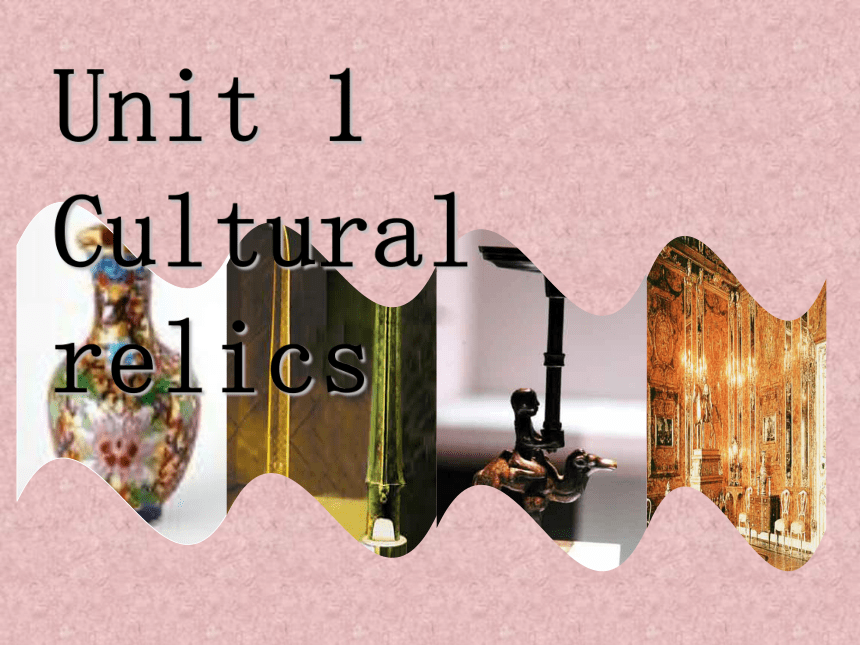 | |
| 格式 | pptx | ||
| 文件大小 | 3.0MB | ||
| 资源类型 | 教案 | ||
| 版本资源 | 人教版(2019) | ||
| 科目 | 英语 | ||
| 更新时间 | 2024-10-18 12:16:24 | ||
图片预览



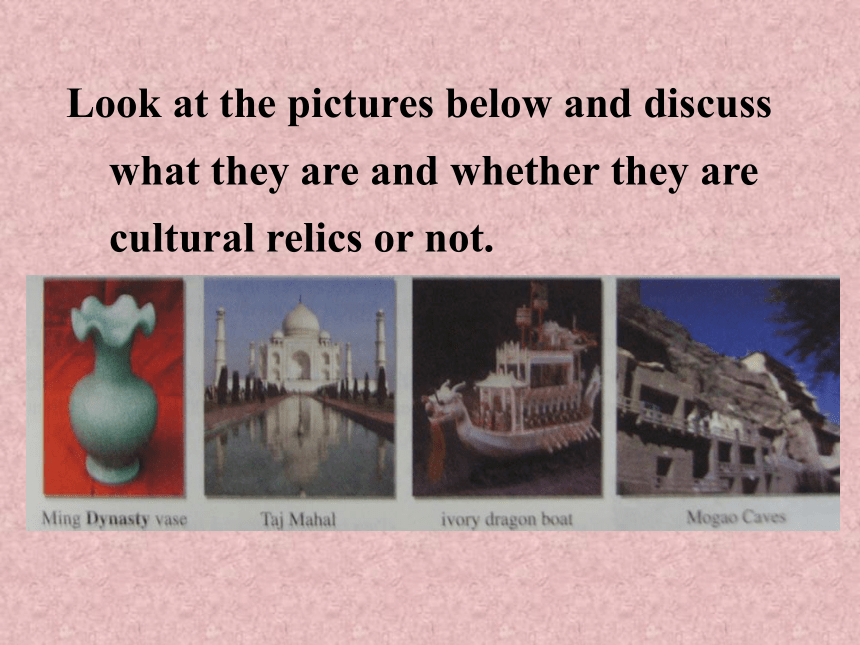
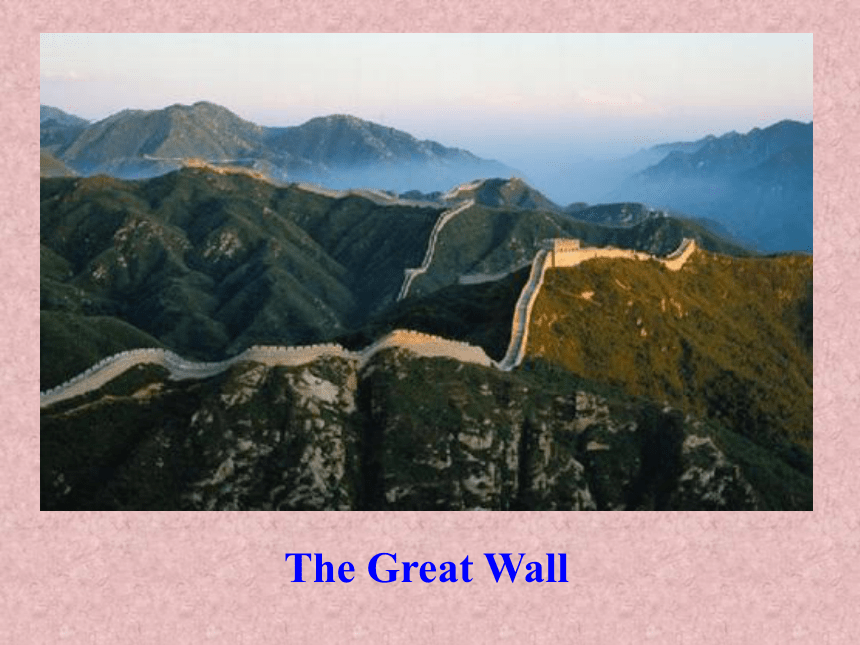

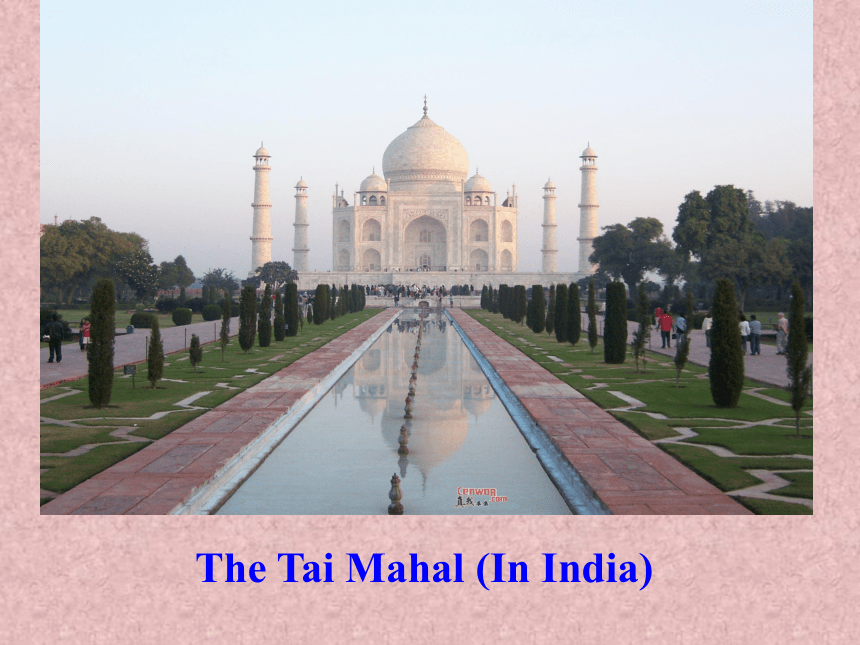
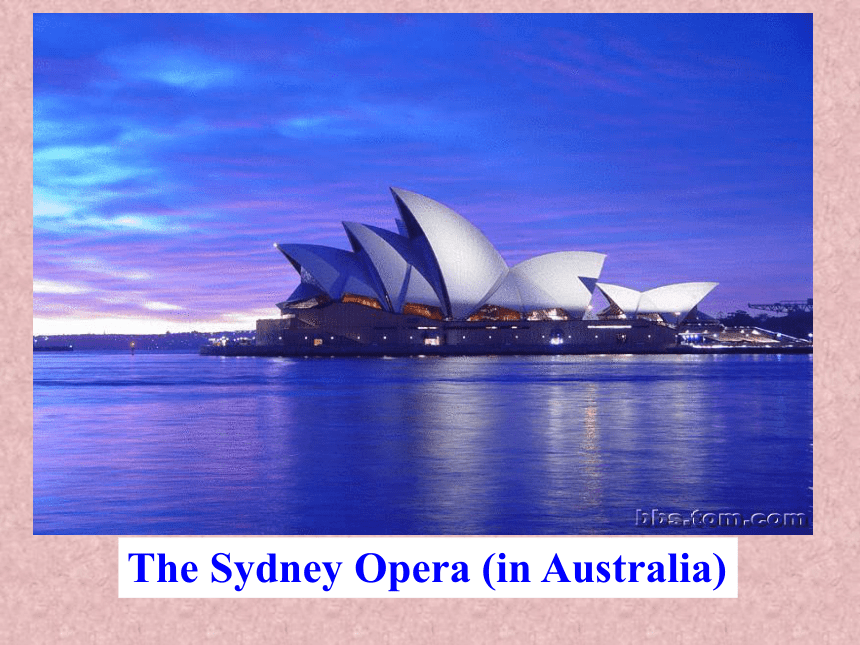

文档简介
(共20张PPT)
Unit 1 Cultural relics
Warming up
1. Do you know what a cultural relic is
2. Does a cultural relic always have to be rare and valuable Is it enough to have survived for a long time
3. Are cultural relics only objects like vases or can they be buildings too
Look at the pictures below and discuss what they are and whether they are cultural relics or not.
The Great Wall
The Pyramids in Egypt
The Tai Mahal (In India)
The Sydney Opera (in Australia)
The Great Barrier Reef (In Australia)
The Big Ben (In England)
Fujiantulou
Name:
Place:
Time:
Importance:
The Great Wall
Beijing
Since 475BC
the symbol of China and its culture.
Name:
Place:
Time:
Importance:
the Forbidden City
Beijing
the largest museum of cultural relics in China
The imperial palace/
1406 (the Ming Dynasty)
Name:
Place:
Time:
Importance:
The Potala Palace
Lhasa, Tibet
the residence of the Dalai Lama/
one of Tibet's major pilgrimage destinations
1693
Name:
Place:
Time:
Importance:
The Great Pyramid of Khufu
Egypt
around the year 2560 BC
the only surviving of the Seven Ancient Wonders
Angkor Wat in Cambodia
Taj-Mahal in India
The Sports Arena of
Ancient Rome
Stonehenge in England
Ancient Villages in Southern Anhui - Xidi and Hongcun
Mount Huangshan
The Mausoleum of the First Qin Emperor
and the Terracotta Warriors
the Leshan Giant Buddha
The Classical Gardens of Suzhou
What is a cultural relic
A cultural relic is something that has survived for a long time, often a part of something old that has remained when the rest of it has been destroyed; it tells people about the past.
According to the definition, what characteristics does a cultural relic have
mysterious
precious
old
valuable
rare
cultural relic
Can you recognize any other cultural relics
Do you have any in your family
…
…
…
amber
beautiful
rare/precious
Can you imagine a house made of amber
Unit 1 Cultural relics
Warming up
1. Do you know what a cultural relic is
2. Does a cultural relic always have to be rare and valuable Is it enough to have survived for a long time
3. Are cultural relics only objects like vases or can they be buildings too
Look at the pictures below and discuss what they are and whether they are cultural relics or not.
The Great Wall
The Pyramids in Egypt
The Tai Mahal (In India)
The Sydney Opera (in Australia)
The Great Barrier Reef (In Australia)
The Big Ben (In England)
Fujiantulou
Name:
Place:
Time:
Importance:
The Great Wall
Beijing
Since 475BC
the symbol of China and its culture.
Name:
Place:
Time:
Importance:
the Forbidden City
Beijing
the largest museum of cultural relics in China
The imperial palace/
1406 (the Ming Dynasty)
Name:
Place:
Time:
Importance:
The Potala Palace
Lhasa, Tibet
the residence of the Dalai Lama/
one of Tibet's major pilgrimage destinations
1693
Name:
Place:
Time:
Importance:
The Great Pyramid of Khufu
Egypt
around the year 2560 BC
the only surviving of the Seven Ancient Wonders
Angkor Wat in Cambodia
Taj-Mahal in India
The Sports Arena of
Ancient Rome
Stonehenge in England
Ancient Villages in Southern Anhui - Xidi and Hongcun
Mount Huangshan
The Mausoleum of the First Qin Emperor
and the Terracotta Warriors
the Leshan Giant Buddha
The Classical Gardens of Suzhou
What is a cultural relic
A cultural relic is something that has survived for a long time, often a part of something old that has remained when the rest of it has been destroyed; it tells people about the past.
According to the definition, what characteristics does a cultural relic have
mysterious
precious
old
valuable
rare
cultural relic
Can you recognize any other cultural relics
Do you have any in your family
…
…
…
amber
beautiful
rare/precious
Can you imagine a house made of amber
